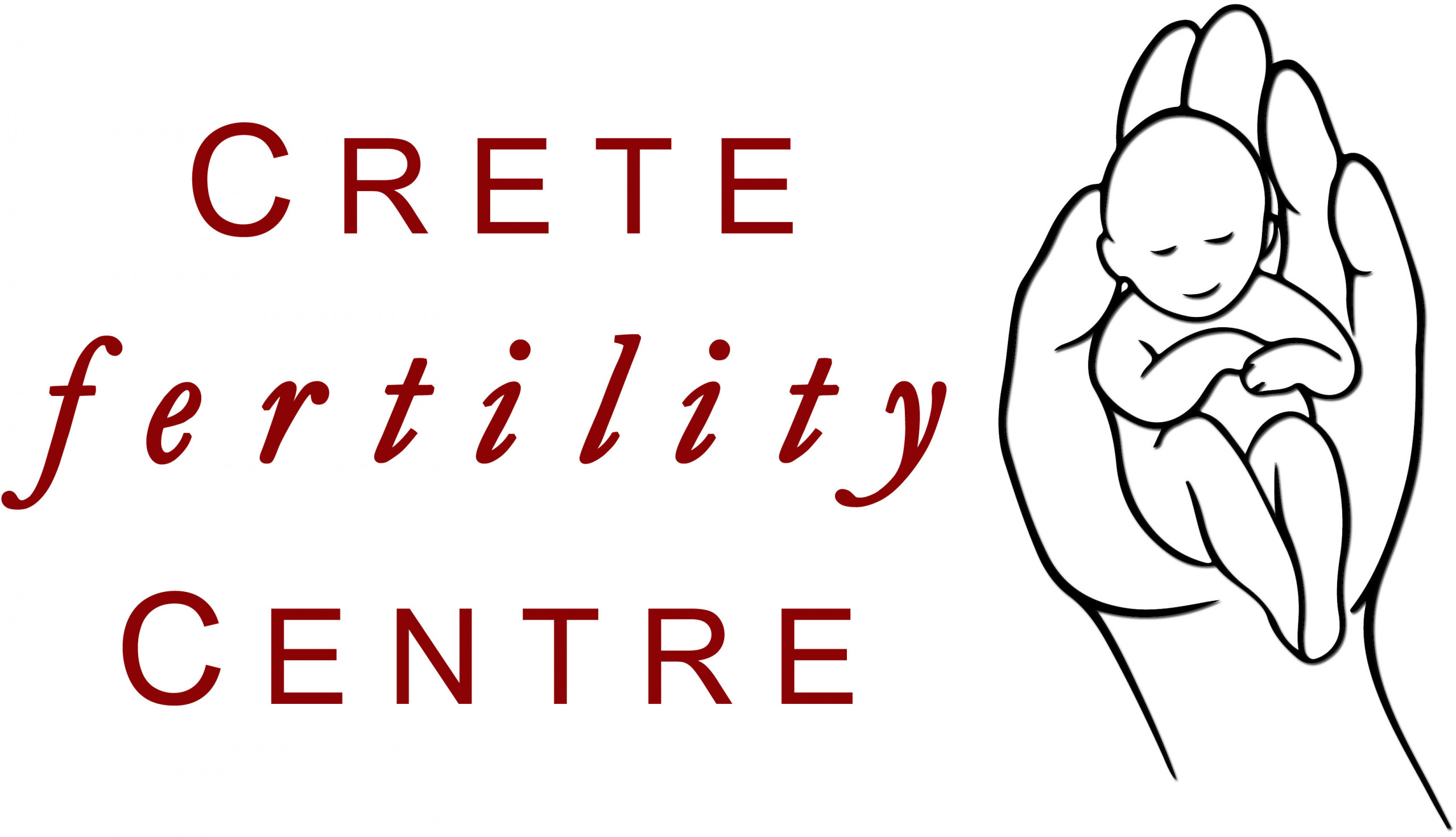Embryo Cryopreservation
Embryo cryopreservation or embryo freezing is a method used to preserve embryos by cooling and storing them at low temperatures (-196°C). They can then be thawed at a future date and transferred to the uterus, providing additional opportunity for achieving conception.
As part of the usual process of in vitro fertilization, multiple eggs may be stimulated to grow, be recovered from the ovary and become fertilized. This may result in additional embryos in excess of the number that a couple would desire to have transferred back to the uterus at one time. If the additional embryos are of sufficiently good quality to undergo the process of cryopreservation, this can be performed in order to provide another opportunity for embryo transfer. Depending on the embryo stage at the time of freezing, between 60-90% survive freeze/thaw process resulting in a future pregnancy.
If the IVF fresh embryo transfer does not result in pregnancy, the frozen embryos can be subsequently thawed and transferred to the uterus in either a natural menstrual cycle or a hormonally-controlled cycle.
Alternatively, if the IVF cycle is successful, the embryos can be stored for several years until the couple decide to attempt to have more children. Crete Fertility Centre will store embryos with annual renewal of a cryopreservation agreement. We have achieved pregnancies after as long as five years of storage. Success rates (pregnancies per embryo transfer procedure) are almost identical to those seen with fresh embryo transfers.
Worldwide, cryopreservation of human embryos has been shown to be a successful procedure and there are no reports of increased birth defects in pregnancies achieved through this process.




